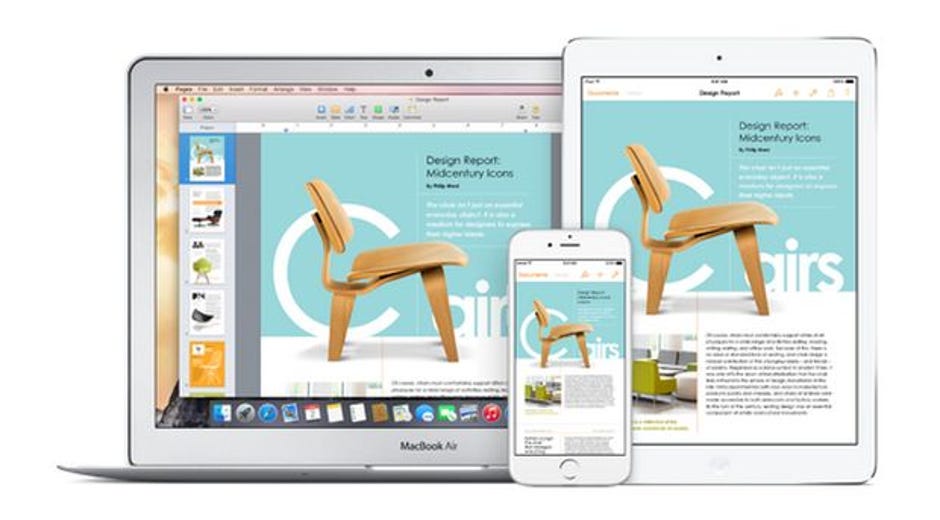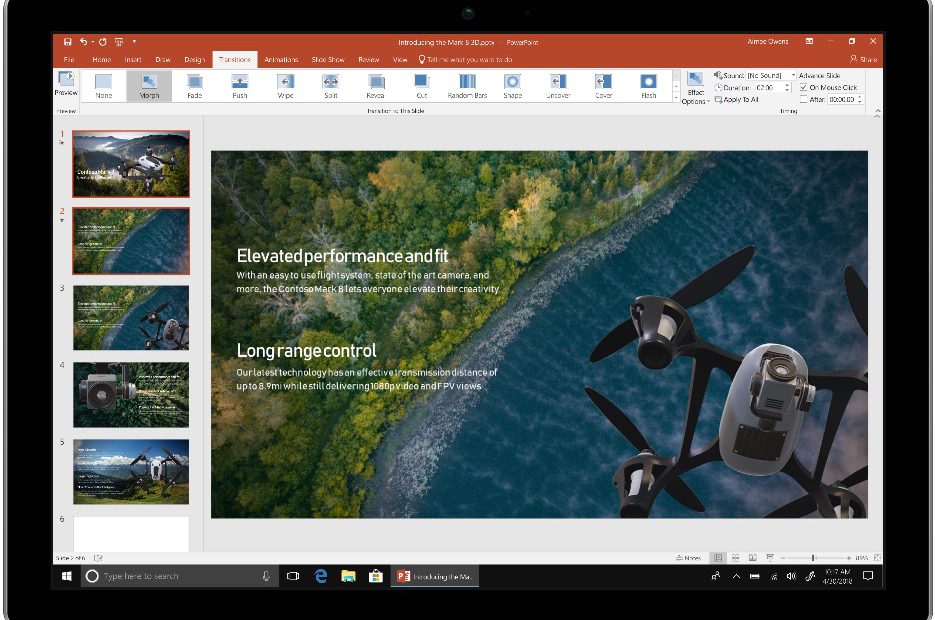
In the above screenshot, you can see the largest amount of data is from Bear, an app I use to store notes. This list is important: it shows which apps back up data as part of your iCloud backups, and how much space they take up. You see here when the last backup was performed, how large it is, how large the next backup will be, and then you see a list of apps that want to back up data. However, the backup may be too large for your available storage, or it may reduce your storage so much that you need to make more room.Īfter the first backup has completed, go back to the Manage Storage screen, tap Backups, then tap your device.

So your photos and videos won’t get backed up again. An iCloud backup doesn’t back up data that is already in your iCloud account. You’ll notice that you can tap Back Up Now on this screen tap that to perform your first backup. Scroll down to iCloud Backup and toggle it On. Go back to the previous screen here you see toggles for apps using iCloud. If you don’t see Backups in this list, then none of your devices are being backed up to iCloud. You’ll see any devices that are being backed up to your iCloud account. Now that you know if you have enough storage for backups, tap Backups in the storage list you may need to scroll down to find it, especially if you haven’t turned on iCloud backups.
How much for mac cloud how to#
How to back up an iPhone or iPad using iCloud You’ll still have local copies, but they won’t go to the cloud. Unfortunately, you can’t choose which items in your Photos library get synced to iCloud, but you can drag some from the Photos app on your Mac to a folder somewhere, then delete them from the Photos app. You can cull your library from time to time, if there are photos, and especially videos, that you don’t want to save. You can see in the screenshot above that most of my storage is used by my Photos library. If you tap Manage Storage, you’ll be able to see how much storage is used by each app, and you’ll be able to change your storage plan. At the top, you’ll see information about your storage.

To find out how much storage you have, and how much is available, go to Settings, tap your name, then tap iCloud. If you take a lot of photos, and especially if you take a lot of videos, your storage dwindles quickly. Your iCloud storage is used for many apps, and the one that generally uses the most storage is Photos: if you have your iCloud Photos active (in Settings > Photos, on iOS in the Photos app, Photos > Preferences > iCloud on Mac), then all your photos and videos go into the cloud. Note that you can also get increased iCloud storage as part of Apple’s Apple One subscription bundles, and if you use Family Sharing, then your entire family will can share a pool of storage. The prices at the time of writing are as follows:

How much for mac cloud free#
By default, each iCloud account receives 5 GB of free storage space, and if you need more you can purchase it from Apple. ICloud backups are simple, automatic, and happen in the background, but there can be a limitation: the amount of iCloud storage you have available. Which of these should you use to back up your iOS devices? Can you use both? How does each solution work? In this article, I’ll explain how to back up your iOS devices using both methods, and the pros and cons of each. While there are many backup solutions available for the Mac, including Apple’s built-in Time Machine and Intego’s Personal Backup, there are only two options for your iOS devices: iCloud and the Finder. You’re a lot more likely to damage or lose your iPhone than your Mac, and, unfortunately it’s not that uncommon for people’s iPhones to be stolen. The data on your iPhone or iPad is essential, and backing up your iOS device is critical to ensure the integrity of that data. How To The Ultimate Guide to iPhone and iPad Backups and Storage


 0 kommentar(er)
0 kommentar(er)
